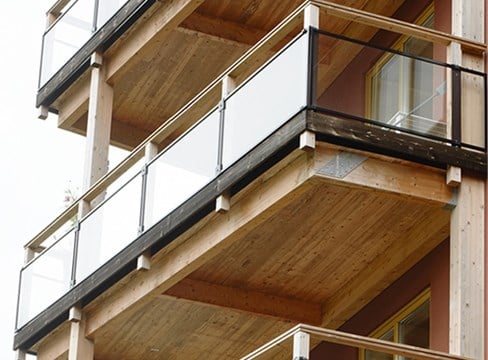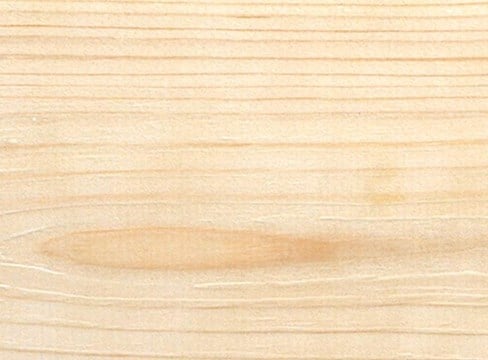Maintenance
Five general tips
Maintenance should be carefully scheduled, and a maintenance plan should contain measures that are required for the period in question, usually the next ten to fifteen years.
The maintenance plan sets out the measures that are to be carried out annually over the period, plus the extent and cost.
In terms of maintenance, the condition of the glulam frame can be ascertained by various methods. The simplest and most common method is visual assessment on site. Inspection by an experienced expert can generally give a good picture of the maintenance status of the glulam frame.
Measurements and sampling can be used to gain a supplementary basis for making a more accurate assessment. Measurement of moisture content is a common method for gaining more information about moisture conditions. If there is any microbial growth or fungal attack, specialist companies can help to establish the type and species through propagation.
Checks and controls should be performed regularly and systematically in the form of regular maintenance inspections. The results of the maintenance inspection then serve as the basis for judging which measures should be implemented and the latest deadline for carrying them out.
The following should be taken into consideration for glulam structural frames:
- Load-bearing capacity
- Presence of:
a) wood rot
b) microbial growth - Moisture content in the glulam (weight of the water divided by the weight of the wood in a dry state) in particularly exposed locations
- Presence or traces of insects
- Presence of:
a) cracks and delamination
b) gaps - Presence of problematic sagging (floor structure/balcony/veranda)
- Deformations, such as abnormal deflection or other dimensional changes
- Function and condition of the fixings.







